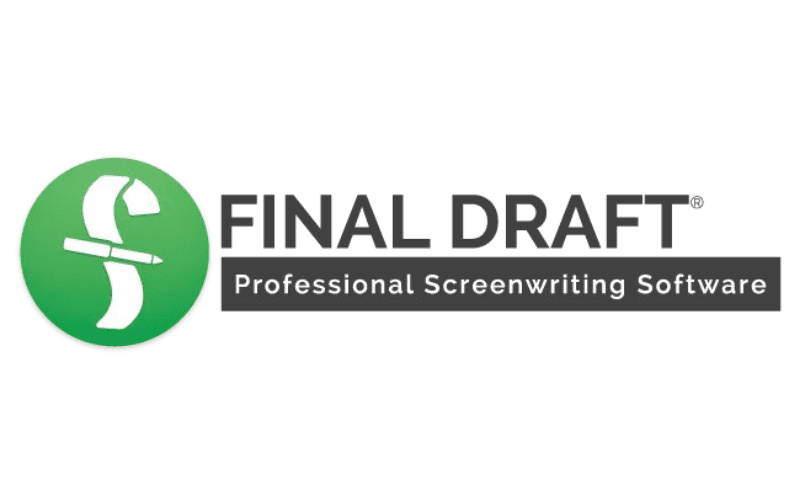

Converting the same script back to Final Draft AV resulted in some odd formatting and lost text. When I did that, it converted easily to Word, but I lost my headers and footers, and the pagination was slightly changed. If you want to send your script to someone who doesn’t have the program, you’ll need to convert the file to a Rich Text Format document. The suggested workaround: create a template, save it and boot up your new scripts from the template.Īnother shortcoming is that Final Draft AV files can only be opened by a Final Draft AV program. I found that I wanted to change over half the default settings, which means that every time I start a new script, I have to reset the format. One current weakness is that the user cannot personalize the default settings. The program has some shortcomings, but many are already slated to be addressed.

This one offers a dictionary definition of each word selected, as well as an impressive range of synonyms, antonyms and related and contrasting words. Or, hit return twice, and Final Draft AV creates a parenthetical space for stage directions.Īnother of my favorite built-ins is the Thesaurus. It will appear in all caps, without underlining, unless you reset the defaults. Type in “Narrator” and it becomes NARRATOR:, conveniently underlined, capitalized and punctuated. Automatically, the first word you type is assumed to be the name of the speaker. After you’ve typed in your shot in the Video column, you tab over to the Audio column. There are also some ingenious defaults that can be very useful. For those familiar with Microsoft Word, the key stoke shortcuts are identical, so navigating the page comes naturally. Headers and footers can handle lots of information, or can be shrunk to one line for your basic title, date and page number. The video and audio for each scene stay linked, and inserting a scene is as simple as hitting the tab button, cutting and pasting. With Final Draft AV, those problems appear to be a thing of the past.įinal Draft AV is a dedicated two-column script program that’s about as foolproof as it can be, while still offering enough variations to meet the needs of most documentary writers. I find myself reformatting nearly all of the scripts. Currently I’m supervising a group of writers who are using Word for their scripts, and the results are wildly varied and almost always annoying. It works just fine for me, except when the font suddenly changes for no reason, or cells appear outside of the two columns, or great gaps appear in the copy, never to be closed, or some quirky thing happens that requires my attention to formatting rather than writing-in other words, it works fine until things go wrong, which they often do. Most documentary writers I know use Microsoft Word’s “table” function for writing scripts. Last year, Final Draft, Inc., in Encino, Calif., released a program for documentary writers that really DOES make things easier: Final Draft AV (Audio/Video).įinal Draft AV doesn’t prevent procrastination, but it DOES simplify the task of writing a two-column, Audio/ Video script. Therefore, I welcome anything that makes writing easier. Writing a script is hard, especially for those of us who, just as we sit down to the computer, discover a jillion other tasks to be done.


 0 kommentar(er)
0 kommentar(er)
